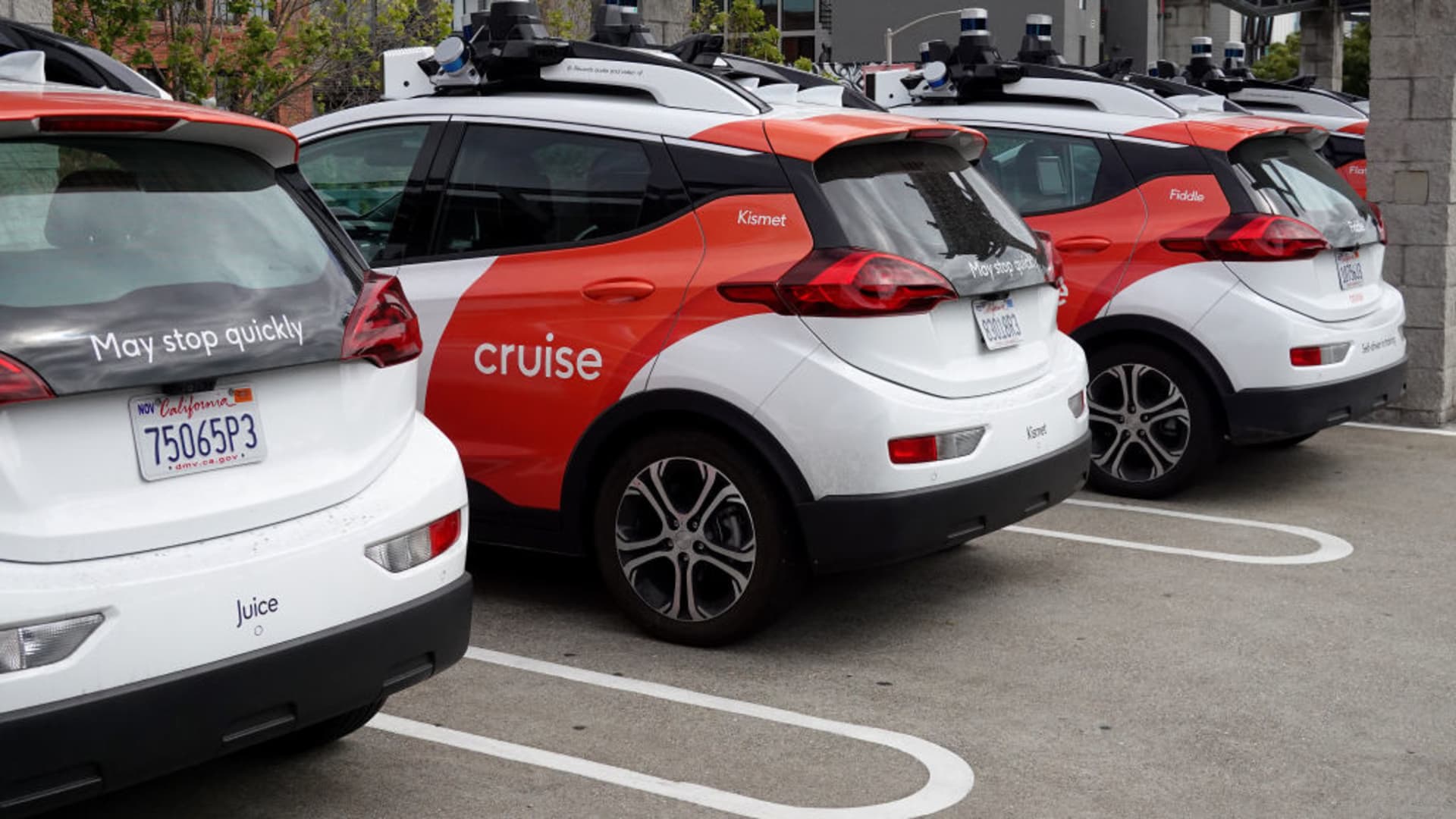There's no misleading or hiding, so why the punishment?
So they did show the video in its entirety
So, not misleading, not hiding; it's just missing the part of actually verbalizing: Look at the video; the car dragged the victim for 20 feet!
So, not verbalizing means not misleading, not hiding?
The report says that Cruise played or attempted to play the full video but internet issues prevented the video from playing clearly or fully:
"The weight of the evidence establishes that Cruise played or attempted to play the Full Video depicting the pedestrian dragging in their October 3 briefings with the regulators and other government officials. However, in three of these meetings, internet connectivity issues likely precluded or hampered them from seeing the Full Video clearly and fully. And Cruise failed to augment the Full Video by affirmatively pointing out the pullover maneuver and dragging of the pedestrian."
And even after showing the video, Cruise failed to correct a false narrative but continued to share incomplete facts. That is why regulators accused Cruise of misleading them:
"Even after obtaining the Full Video, Cruise did not correct the public narrative but continued instead to share incomplete facts and video about the Accident with the media and the public. This conduct has caused both regulators and the media to accuse Cruise of misleading them."
Cruise's approach was that sharing the video was the same as sharing all the facts and if the regulators did not ask about it, then that is on them:
"In each of those meetings, Cruise had the intent to affirmatively disclose those material facts by playing the Full Video and letting the “video speak for itself.” Because Cruise adopted that approach, it did not verbally point out these facts. This is because Cruise assumed that by playing the Full Video of the Accident for its regulators and other government officials, they would ask questions and Cruise would provide further information about the pullover maneuver and pedestrian dragging."
So Cruise's approach seemed to be that they tried to show the video, did not show the video properly due to technical issues, and when people got the wrong idea, they conveniently did not correct it and was like "hey we tried to tell the whole truth and it's on you that you did not ask about it"








